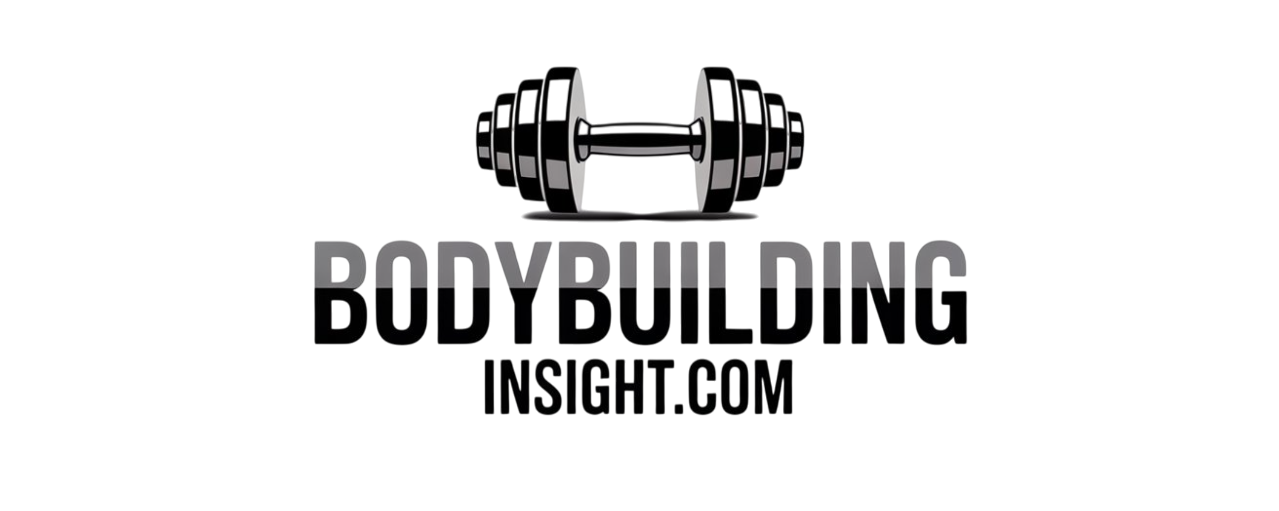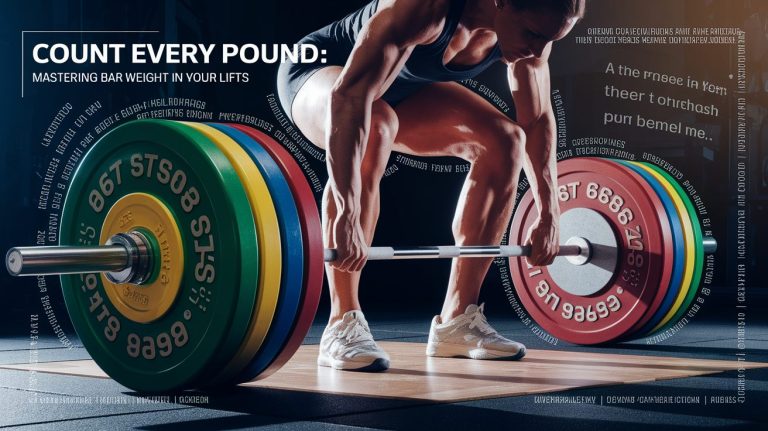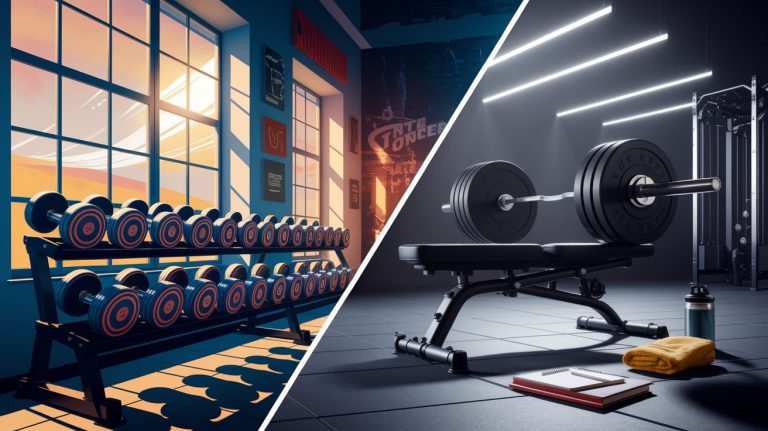Grip, Lift, Repeat: Your Guide to Buying Weight Lifting Equipment
Jumpstart Your Strength Journey
Whether you’re building a home gym or upgrading commercial gym equipment, the right tools are the foundation of effective training. Investing in well-built strength training equipment isn’t just about lifting heavier—it’s about safety, performance, and long-term progression. The market includes everything from barbells and dumbbells to weight machines and cable machines. Understanding where to buy these essentials will make your purchase smarter and more efficient.

Online Retailers for Convenience and Variety
Buying online delivers unparalleled convenience. Major gym equipment retailers like Rogue Fitness, Titan Fitness, and Bells of Steel allow you to access extensive product selections, compare specs, and read verified user reviews instantly. Options range from Olympic weights, power racks, and bench press setups to more niche products such as adjustable dumbbells and resistance bands.

- Online fitness equipment marketplaces offer shipping direct to your door.
- Comprehensive catalogs allow you to analyze quality, dimensions, and load capacities before buying.
- Customer feedback helps verify claims and cut through marketing hype.
When ordering online, factor in shipping costs, delivery time, and the logistics of moving and assembling large gear. For a valuable brand overview, visit this guide to equipment brands.
In-Store Shopping for Hands-On Selection
Some products you simply have to feel before you buy. Visiting local fitness equipment stores or sporting goods stores lets you grip the knurling of a barbell, assess the stability of a squat rack, or test the smoothness of a machine’s movement. This tactile feedback is invaluable—especially for expensive purchases like cable machines or full functional trainers.

- Ask about warranties and maintenance support directly from knowledgeable staff.
- Try different models side-by-side to choose the right fit for your training style.
- Negotiate delivery and installation, particularly for heavier commercial-grade gear.
For those still unsure whether to buy online or in-person, reviewing both methods’ pros and cons in this equipment purchasing guide can help clarify the decision.
Buying Direct from Manufacturers
Sometimes the most cost-effective and customizable path is purchasing directly from the source. Brands like Life Fitness or Rogue often provide buyer support, custom configurations, and factory warranties. This route works best for outfitting large spaces or ordering unique specs—such as competition-grade Olympic weight sets or heavy-duty power racks.
- Direct purchase may allow for bulk discounts.
- Ensure clear communication on delivery times and assembly requirements.
- Ask for options like powder coating or branding if building a facility.
For a list of trusted manufacturers, see the brand directory compiled by industry professionals.
Score Deals on Secondhand Equipment
Buying used gear can save you thousands, especially for durable items like weight plates, kettlebells, or commercial-grade machines. Check local classifieds, online auction sites, or refurbished fitness equipment outlets. Always inspect for rust, damage, and worn cables to ensure safety before use.
- Measure dimensions to confirm it fits your space.
- Request service records for machines with moving parts.
- Negotiate pricing based on wear and tear.
A cautious eye and willingness to maintain equipment can turn secondhand purchases into long-term assets for your home gym setup.
Tailoring Your Purchase to Space and Budget
Before buying, define your priorities. Space will influence whether you pick versatile free weights or compact machines. Budgeting means balancing quality and affordability—basic dumbbells might cost $20 to $200, while top-tier functional trainers can reach $5,000.
- Evaluate long-term goals: Strength, hypertrophy, rehabilitation, or general fitness?
- Consider safety features, materials, and warranty.
- Plan for accessories like benches, mats, storage racks, and flooring.
For detailed pricing references, check average equipment costs and specialty bar price ranges.
Wrap Up: Lift Smart, Shop Smarter
The right weight lifting gear amplifies your training potential—but only if it matches your goals, space, and budget. Online retailers deliver variety and information; in-store shopping offers tactile assurance; direct-from-manufacturer can mean customization and reliability; secondhand buys can be cost-effective when chosen wisely.
Apply the same discipline to selecting your strength training equipment as you do to your workouts: analyze the facts, plan strategically, and commit for the long run. When you shop smart, every grip and lift brings you closer to the physique and performance you’ve envisioned.



